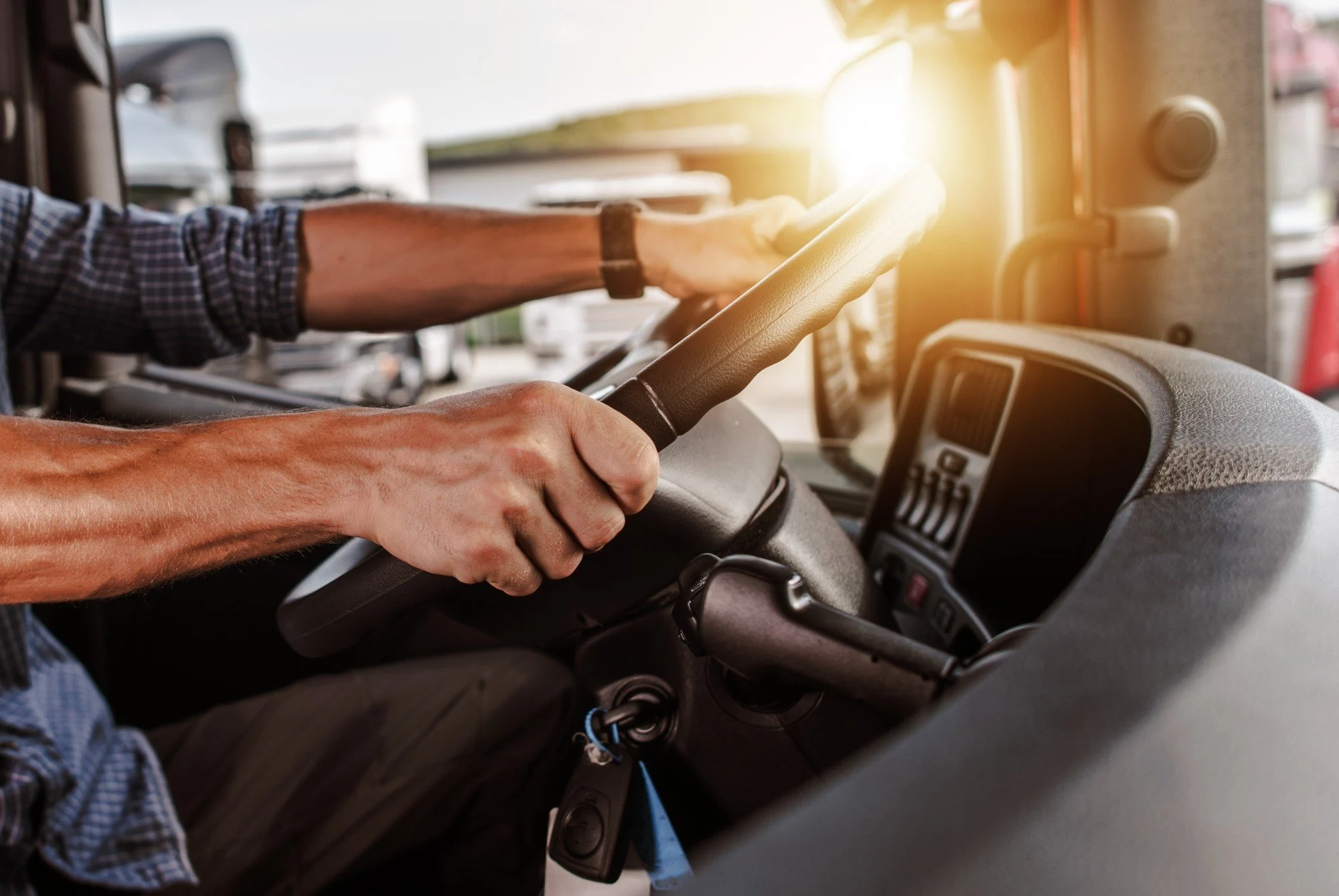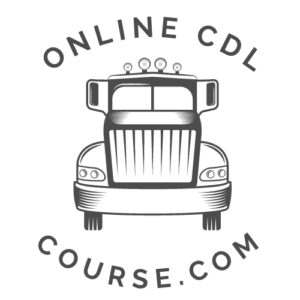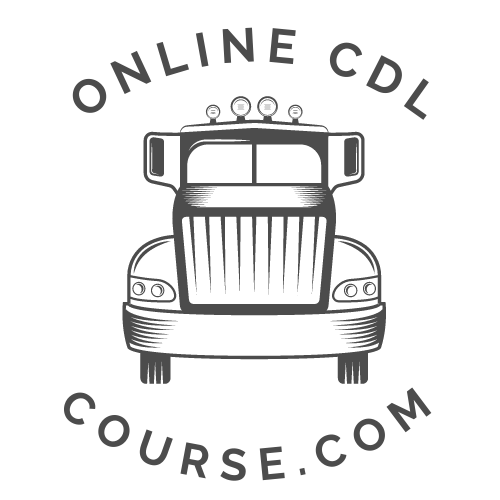If you’re looking for a career that promises decent pay and ongoing job demand, becoming a commercial driver could be ideal. In 2021, the American Trucking Association reported that the industry was short 80,000 drivers, an all-time high.
This shortfall is predicted to increase to 160,000 drivers by 2030.
Pay rates for truck drivers are also on the rise. Last year, Walmart announced that it would be paying its truck drivers up to $110,000 in their first year.
If you want to break into the industry, one of the first things to know is the difference between a Class A and Class B CDL.
The type of commercial driver’s license you get will determine what kind of vehicles you can operate, what weight you can pull, and what you can transport.
Read on to discover what you can do with these commercial driver’s licenses and the pros and cons of each.
What Is a Class A CDL?
Do you want to drive big rigs? If yes, a Class A CDL is what you’ll need. A Class A CDL will allow you to captain big trucks and combination vehicles, including:
- Tractor trailers (also known as semis or 18-wheelers)
- Truck and trailer combos
- Tractor-trailer buses
- Flatbeds
- Livestock carriers
- Double and triple trailers
If you want to operate a combination vehicle that’s over 26,000 pounds and tow more than 10,000 pounds, you need to have a Class A CDL.
Besides these big daddy rigs, you’ll also be able to drive Class B and Class C vehicles, such as dump trucks, cement trucks, etc.
As a Class A CDL license holder, you can apply for various trucking jobs, including:
- Tow truck driver
- Log truck driver
- Over the Road Driver (OTR driver)
With the right endorsements, you can also transport tankers, passengers, or hazardous materials.
Training Requirements
To get a Class A CDL, you will need to enroll in a theory course. You can choose between a classroom setting or online programs that you can complete virtually. The training course you pick must meet the FMCSA’s requirements.
Here at Online CDL Course, we aim to make CDL training as accessible as possible, which is why all our theory courses are available online. Our virtual Class A CDL theory course provides total flexibility, allows you to work through the material at your own pace, and offers fantastic value for money.
Once you have completed the course, you can then take a permit test with your local DMV. If you pass, you will receive a CDL permit.
Armed with your CDL permit, you’ll then be ready to enroll in behind-the-wheel training. This will ensure you are proficient in all FMCSA BTW (Behind-the-Wheel) Range and Road required elements.
Once you receive a BTW Completion Certificate, you can schedule your CDL driving test. You can take this test at any DMV or third-party examiner testing center.
Benefits of a Class A CDL
With a Class A CDL, you’ll be able to drive a wider range of vehicles and pull bigger rigs. Because of this, you might enjoy more job opportunities.
Trucking jobs that require a Class A CDL also tend to pay more. According to salary estimates, the average hourly pay for a Class A CDL is $36.
Potential Cons of a Class A CDL
Driving heavy trucks and pulling big loads involves more responsibility and potentially more stress. Trucking jobs in this category might also take you further from home, meaning you have to spend nights on the road.
The training is also more extensive. You’ll need to learn about things like coupling and uncoupling and identification and diagnosis of malfunctions.
CDL Class A Endorsements
Depending on what cargo you want to haul, you can also acquire extra endorsements with your Class A CDL. These include:
- Tank Vehicle Endorsement (N)
- Hazardous Materials Endorsement (H)
- Double/Triple Endorsement (T)
- Tanker/HAZMAT Combo Endorsement (X)
Class B CDL
If you’re not interested in trucking jobs that require you to haul large loads across state, and instead want to operate lighter commercial vehicles, it might make more sense to get a Class B CDL.
With a Class B CDL, you’ll be able to operate commercial vehicles that weigh 26,000 pounds or more. But, you’ll only be able to tow vehicles under 10,000 pounds.
Some examples of vehicles you can drive with a Class B CDL include:
- Dump trucks
- Cement trucks
- Garbage trucks
- Delivery trucks
- School buses
Training Requirements
The process for getting a Class B CDL is pretty much the same as for a Class A CDL. You’ll need to start by completing a Class B CDL theory course.
After you receive a certificate of completion, you can take the permit test at your local DMV. Once you receive your CDL permit, it’s time to begin your behind-the-wheel training.
When you receive your BTW Completion Certificate, you can book a Class B CDL test at a DMV or third-party examiner testing center.
Benefits of a Class B CDL
Class B CDL training is less complex and doesn’t take as long. This can cut down on the time it takes to gain your commercial driver’s license and start earning money.
There are also an abundance of jobs for Class B CDL drivers. If you want to come home every night, have a regular schedule, and not be gone for days at a time, delivering people or goods in your local area could be ideal.
Potential Cons of a Class B CDL
With a Class B CDL, you’ll be limited in the types of commercial vehicles you can drive and the jobs you can apply for. Transport jobs that require a Class B CDL also tend to pay less than trucking jobs that call for a Class A CDL.
Salary estimates pin the average hourly wage of Class B CDL drivers at $24. This is $12 less than the average hourly pay for Class A CDL drivers.
Class B CDL Endorsements
If you want to transport people with a Class B CDL, you’ll also need to gain a Passenger Transport Endorsement (P). If you want to operate a school bus, you can acquire a School Bus Endorsement (S).
The Difference Between a Class A and Class B CDL in a Nutshell
With a Class A CDL, you can operate large semi-trucks and 18-wheelers, and tow vehicles that weigh more than 10,000 pounds. If you’re not interested in pulling a big rig, a Class B CDL will allow you to operate delivery trucks and passenger vehicles.
Now that you know the difference between a Class A and Class B CDL, are you ready to start your CDL training?
We are an FMCSA-approved provider of ELDT theory training. Our courses are online and mobile-friendly, meaning you can work through them anywhere, anytime.









